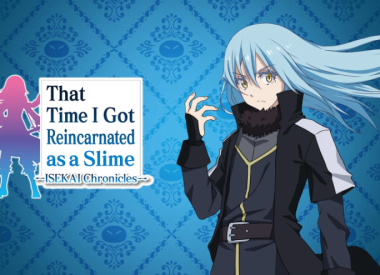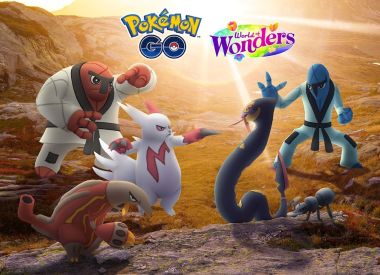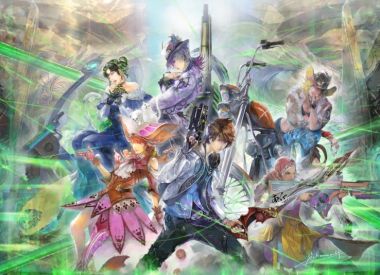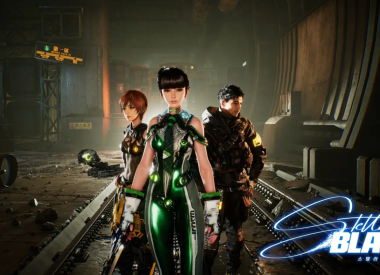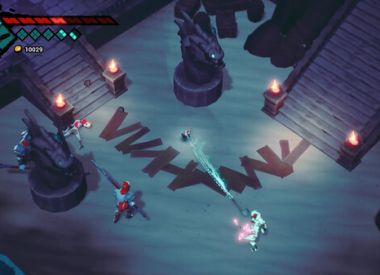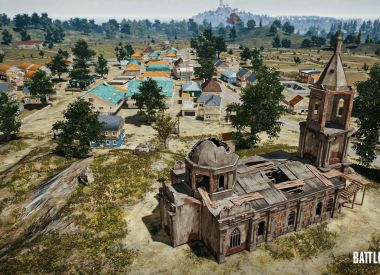Babies born today will not understand how their parents could have ever enjoyed a fairy tale without being inside one. Oculus Story Studio, the immersive film arm of Oculus, is leading the effort to unlock the storytelling possibilities of virtual reality.
Mapping out the emotional experience & structure of Dear Angelica #SPOILER pic.twitter.com/5uO70u9cpb
— Oculus Story Studio (@ovrstorystudio) March 3, 2016
So far, Oculus Story Studio plans to release two free immersive VR short films for the Oculus Rift’s launch, Lost and Henry. A third film, called Dear Angelica, is currently in production with an estimated release date sometime before January 2017. Dear Angelica merges hand-drawn scenes with a VR world using an in-house paint tool, avoiding the problem of stretching 2D graphics into a 3D experience.
Saschka Unseld, the creative director at Oculus Story Studio, and Ramiro Lopez Dau, Henry ’s director, recently spoke about the challenges of creating films for VR at a SXSW panel. One of the largest problems with immersive storytelling is the same thing that draws people to it: Presence.
“The thing with VR is that you get this incredible sense of being somewhere else, which is in of itself very distracting,” Unseld said. “What happened was people were completely distracted by what was going on around them to follow any kind of narrative story thread — they were so immersed, they felt so present, it was bad. So we knew we had to do something, because nobody was listening to the story we were telling them.”
To attract the viewer’s attention, Oculus Story Studio’s combines narrative elements from traditional games into their films. For example, in Lost, the film starts off with a tiny firefly that flies left to right in front of the viewer to introduce them to basic mechanics like turning the headset to look around.
As the forest slowly fades into focus, the viewer is allowed to explore their surroundings before a noise directs them to look in a certain direction. The narrative of the film will then wait until the viewer looks in the right direction before the story resumes.
Unseld breaks down this process into three steps: the “in,” the “letting go,” and the “call to story.”.
Henry ’s approaches this problem by developing a connection between the viewer and the main character, a sad hedgehog. By straddling the fourth wall, even though the viewer isn’t technically present in the story, Oculus Story Studio has discovered how to share these moments of emotion without the benefits of a locked perspective, linear timing or editing.
“He looks at you. Through the film he actually looks at you several times. In VR, he looks at you. He looks into your eyes — that’s how it feels — and that’s a huge difference,” Dau said. “One of the things I’m proudest of is that we went and tried something different . . . it’s almost like breaking that fourth wall. And it actually worked, which surprised me the most.”
VR gives filmmakers tools that regular film doesn’t, like the effect depth, or the distance between characters or objects. Architecture commands certain feelings in real life as well.
Traits like these allow a viewer to sit on the floor and experience a story as it unfolds around them in the same way The Princess Bride cuts away from a grandfather reading a fairy tale to the adventure unfolding in his grandson’s imagination. Except, with VR, the adventure is yours to live.


